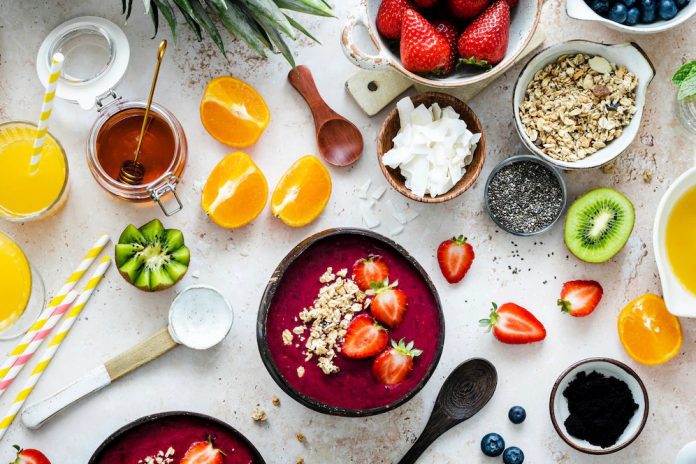During the COVID-19 pandemic in 2020, food and beverage (F&B) businesses encountered enormous difficulties and the trend go down, particularly concerning delivery, supply chains, and last-mile logistics. Shopping became difficult and dangerous under shelter-in-place orders, which was exacerbated worse by social isolation.
Due to the lack of dining options, more meals were prepared at home, frequently using inexpensive basic items that could be easily stored. For online ordering, proactive grocery retailers turned to e-commerce.
Food and beverage trend reviewed their supply chains and business models as the epidemic spread and invested in new technologies to become more resilient and adaptable going forward.
What Are The Food And Beverage Trends?
As we shall see, customers are increasingly more knowledgeable about the production of their food. The days of ignoring labels and investigating the manufacturing and production procedures in-depth are long gone.
People are concerned about environmental responsibility, natural components, and sustainability. Let’s examine each of the top trends individually.
Plant-based Foods
Vegetarianism and veganism appear to have taken over the world if you follow trendy social media pages. After around 30 seconds of scrolling, a recipe or picture of a plant-based cuisine will appear.
Contrary to what social media would have you believe, there are still relatively few die-hard vegetarians and vegans. According to a recent survey, only 3% of American people, or slightly more than double the 2% rate from 2012, identify as vegans.
Having said that, it appears that many customers prefer to include vegetarian and vegan foods in their diets without making a complete change. Therefore, even though the number of vegans isn’t rising, there is a growing need for plant-based foods. The demand for plant-based products rose 12% between 2020 and 2021. Similarly, meat substitute sales increased by 11%.
Responsible Sourcing
Consumers want to know precisely how their food got from the farm to their plate, so reading the label isn’t enough. Although factory farming is still common, most consumers prefer foods made with ethically sourced ingredients, especially when it comes to meat.
Cattle and hens that are allowed to roam freely are preferred over those raised in conditions devoid of sunlight and lush meadows.
The majority of customers want to see businesses making a concerted effort to source things as responsibly as possible, even though there is still plenty of room for trial and error. Ideally, you can display proof of your adherence to this maxim on the packaging.
Casein-free Diet
Over 30 million Americans have lactose intolerance, and many of them experience adverse reactions when they consume dairy products. Dairy contains a protein called casein, which might cause an allergic reaction. As a result, some customers must avoid it at all costs. Already, “natural” items have grown rapidly, but now we are also moving toward specific diet offers.
As a food and beverage trend to follow, keep in mind that casein-free does not equate to dairy-free. Customers must be aware that a casein-free product may still include other dairy ingredients like lactose. In general, casein-free does not imply the absence of dairy, even though dairy-free indicates there is no casein.
Homemade Commodity
We all have access to the world’s collective knowledge today. This indicates that more people are stepping outside of their comfort zones while remaining at home.
Consumers desire to prepare better meals in their own homes, as evidenced by the growth of home-delivery meals. However, since the common individual lacks training, they require assistance to prevent them from contaminating their meals.
Sustainability
Customers want to know that the things they buy are environmentally friendly because climate change is hanging over us all. Compared to single-use items, products manufactured from recycled or repurposed materials are more valuable.
Plant-based polymers are also gaining popularity since they degrade considerably more quickly than ones derived from petroleum.
Transparency
Responsible sourcing and this food and beverage trend go hand in hand. Customers expect businesses to be more open about their manufacturing and supplier chains. You will do better if you can supply more details. Notifying customers if any genetically modified organisms (GMOs) are present is one instance of transparency.
While some states demand this labeling, others do not. Consumers want to make knowledgeable judgments about the food and beverages they consume, regardless of any rules.
Customized codes from Label Insights are available and can lead to relevant landing pages. The codes increase consumer choice flexibility and have a marketing application as well.























